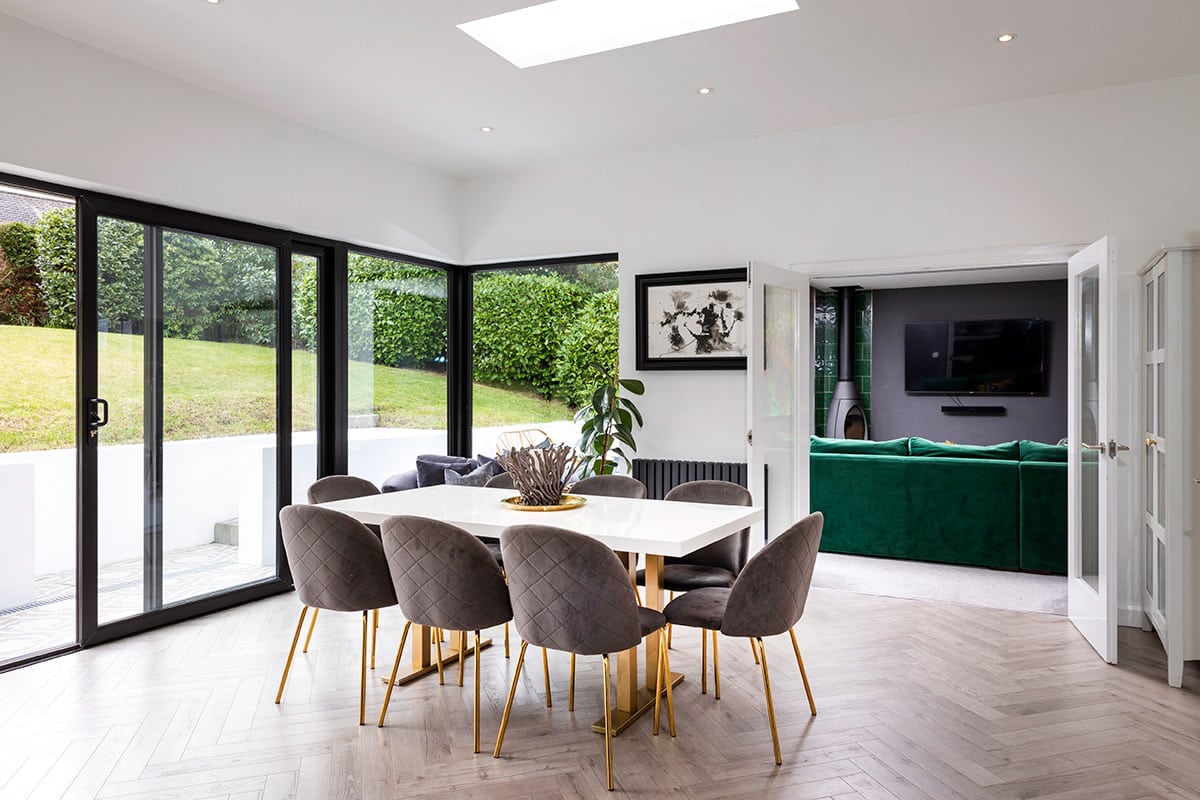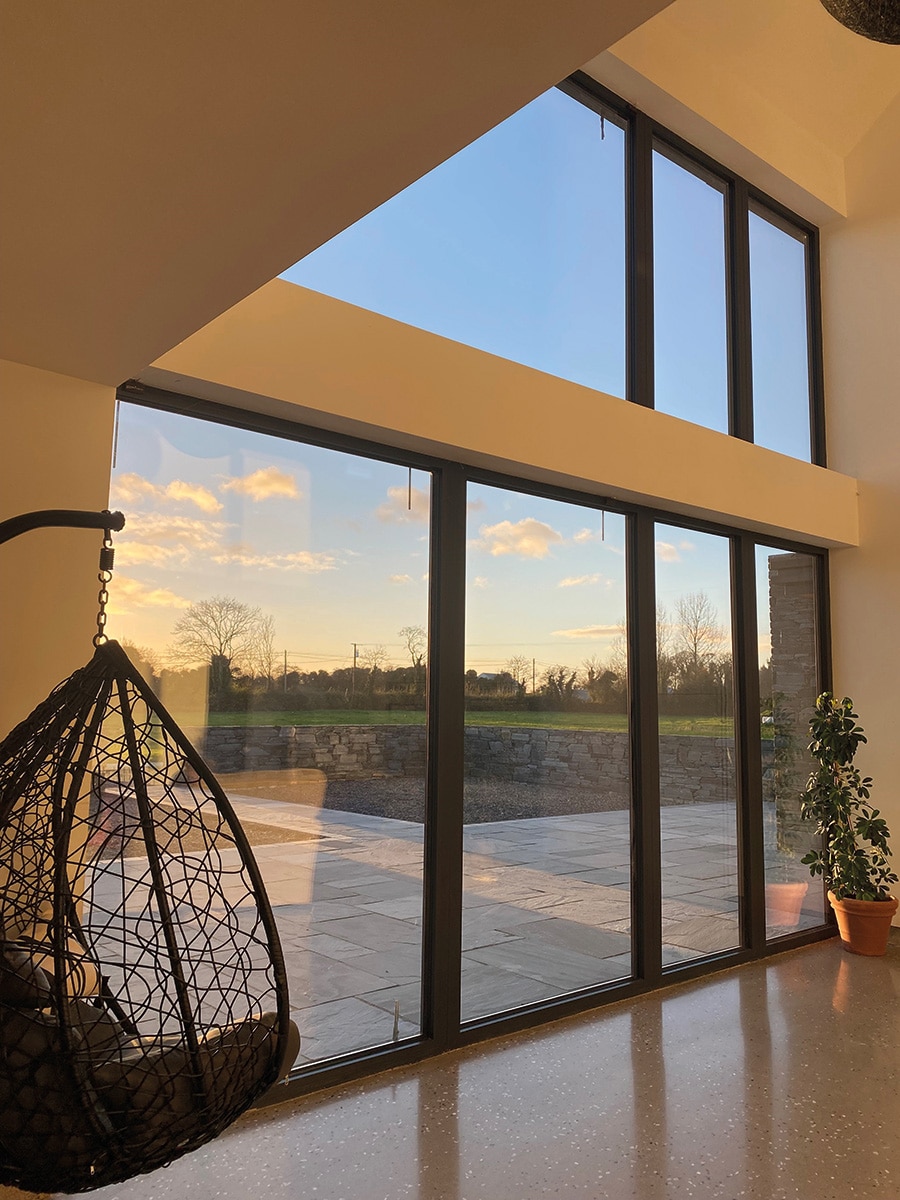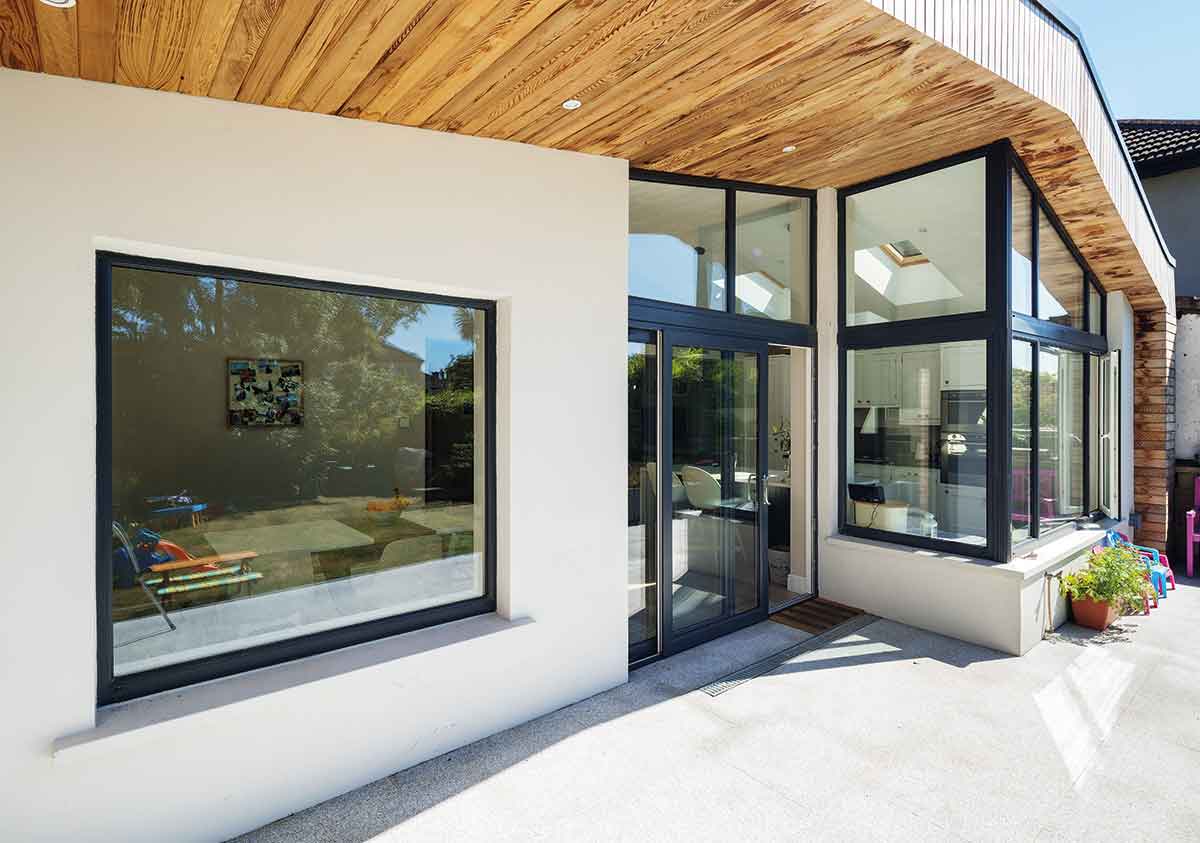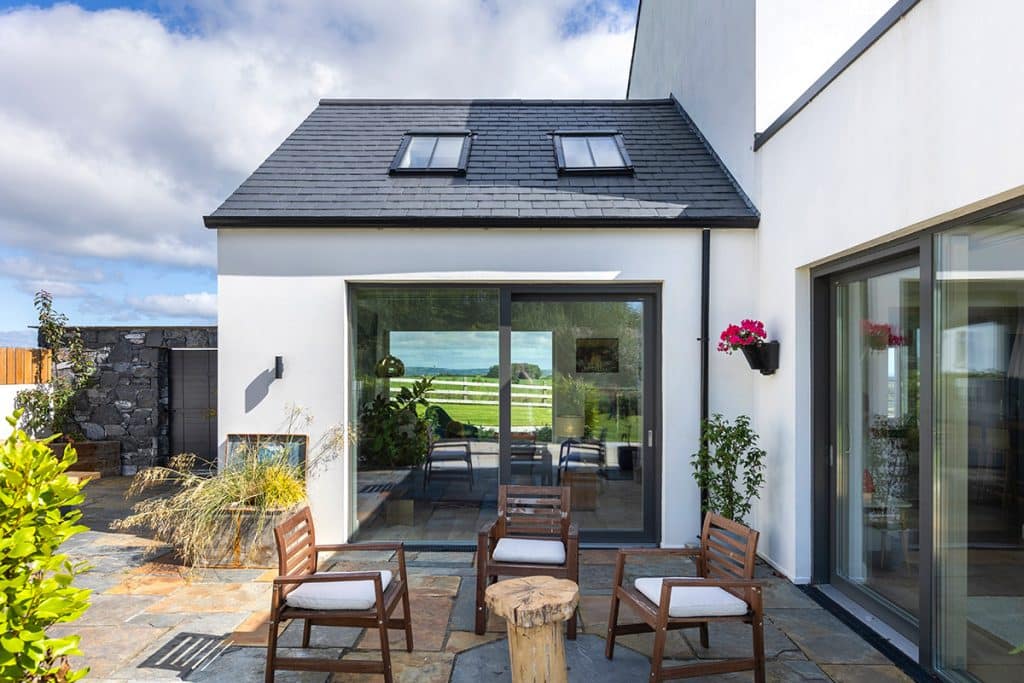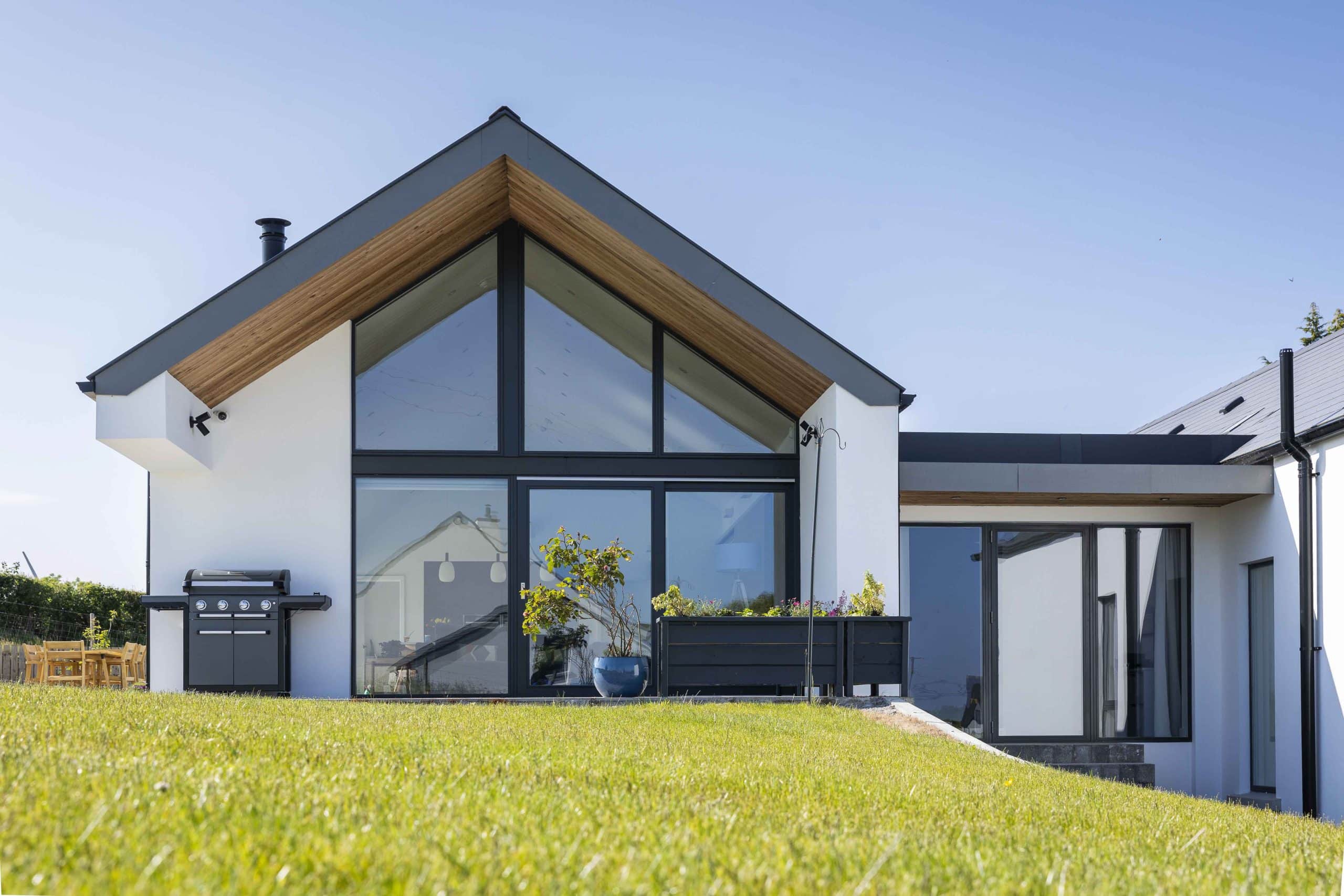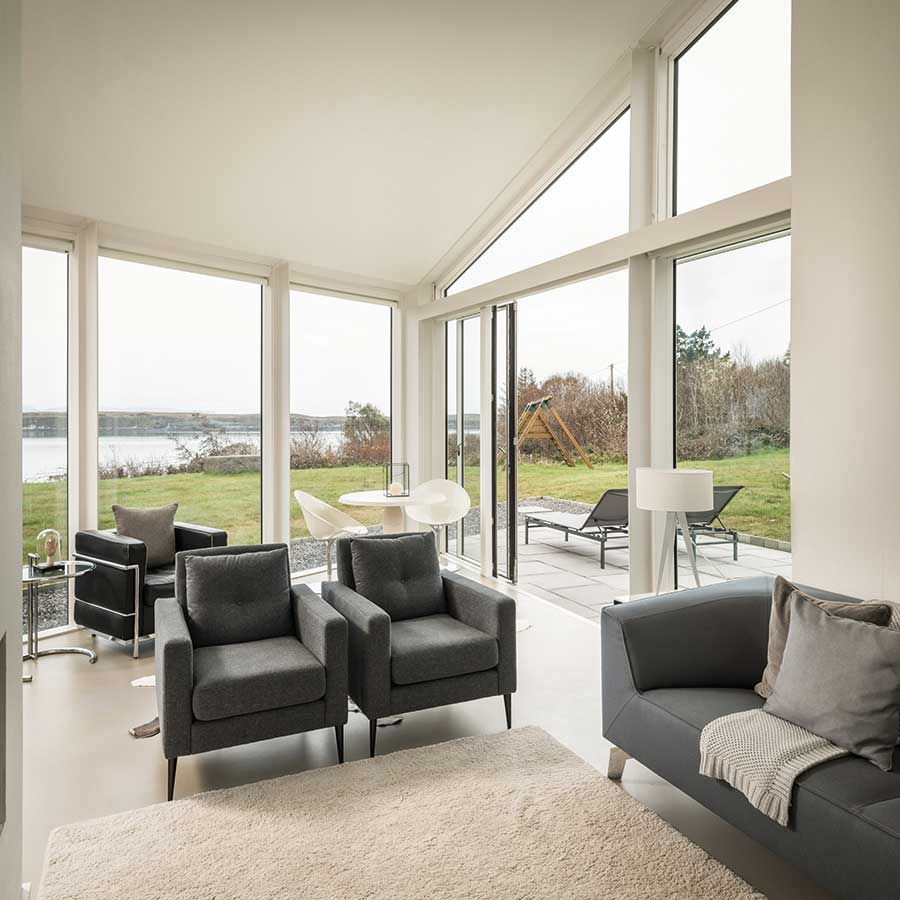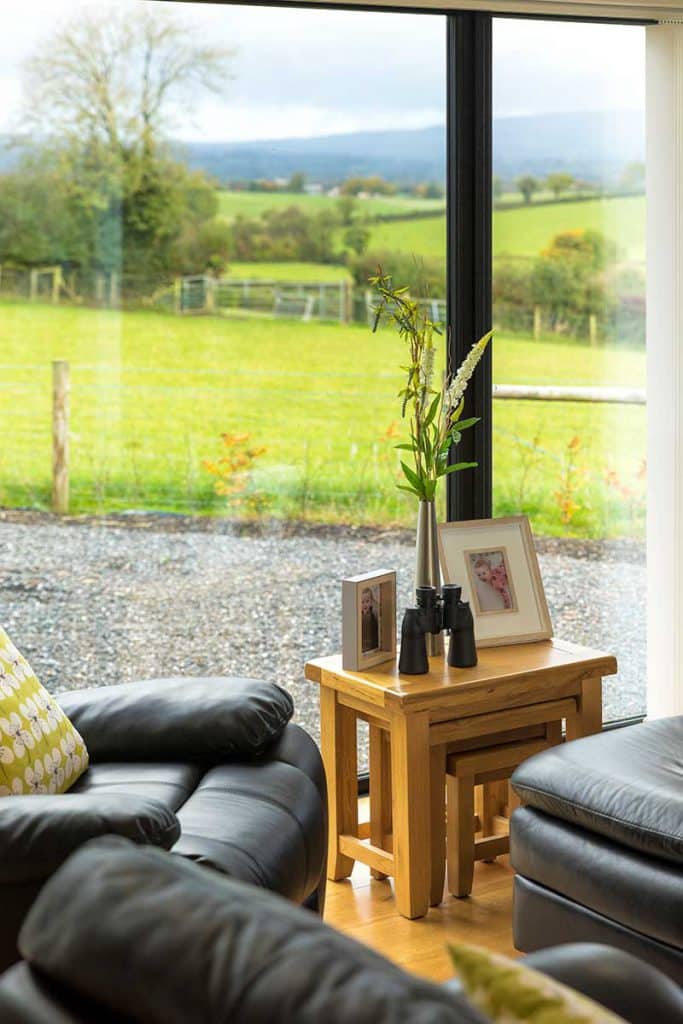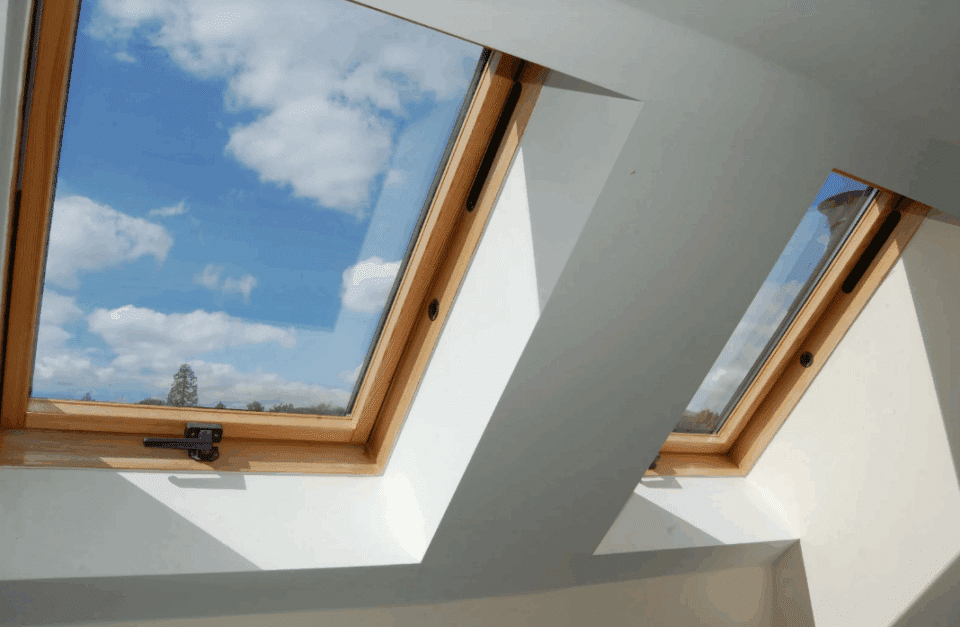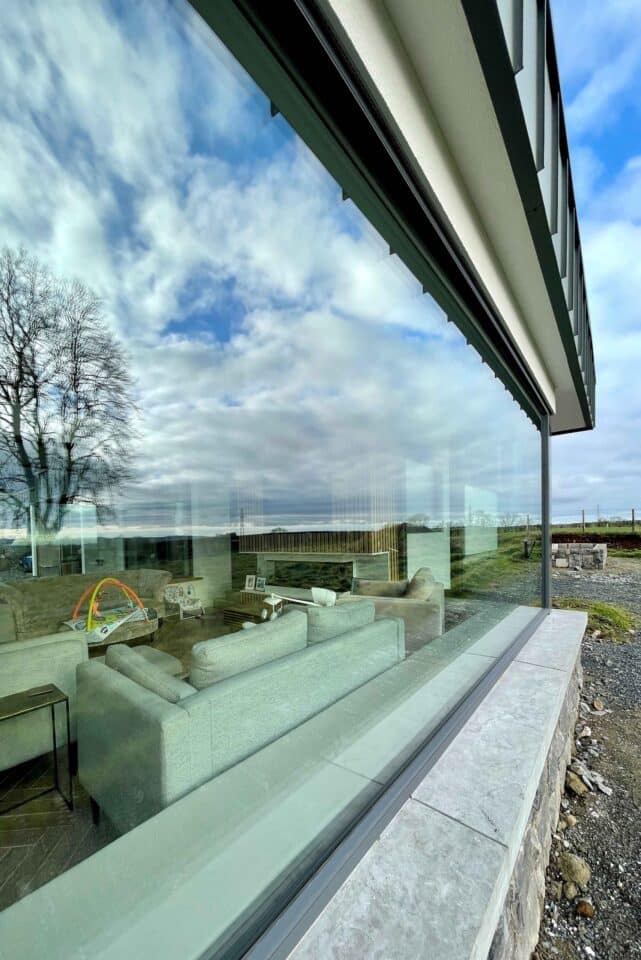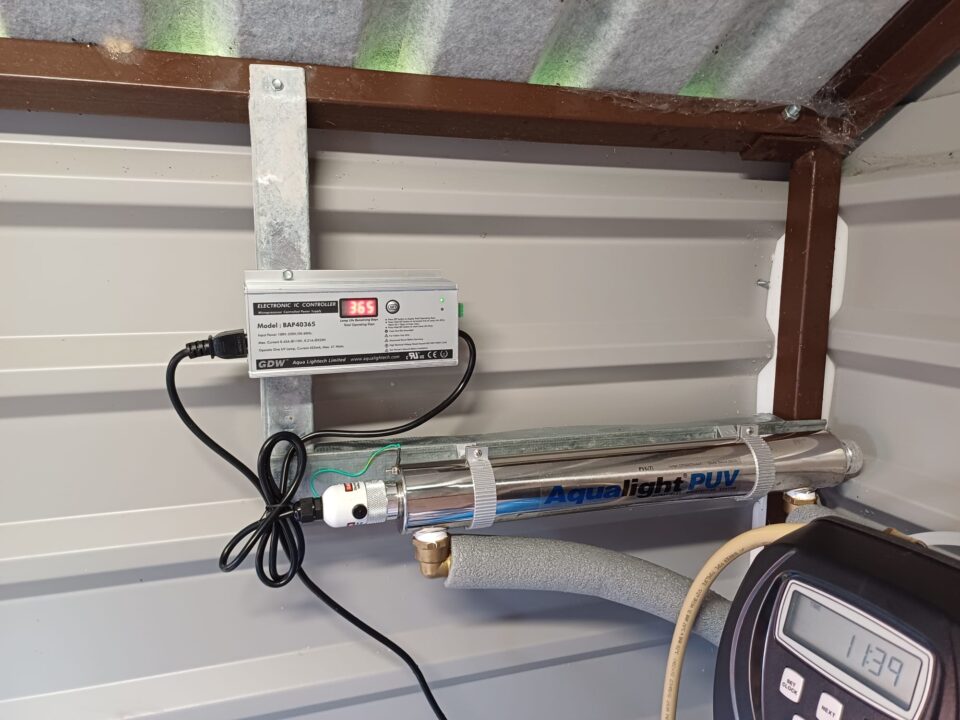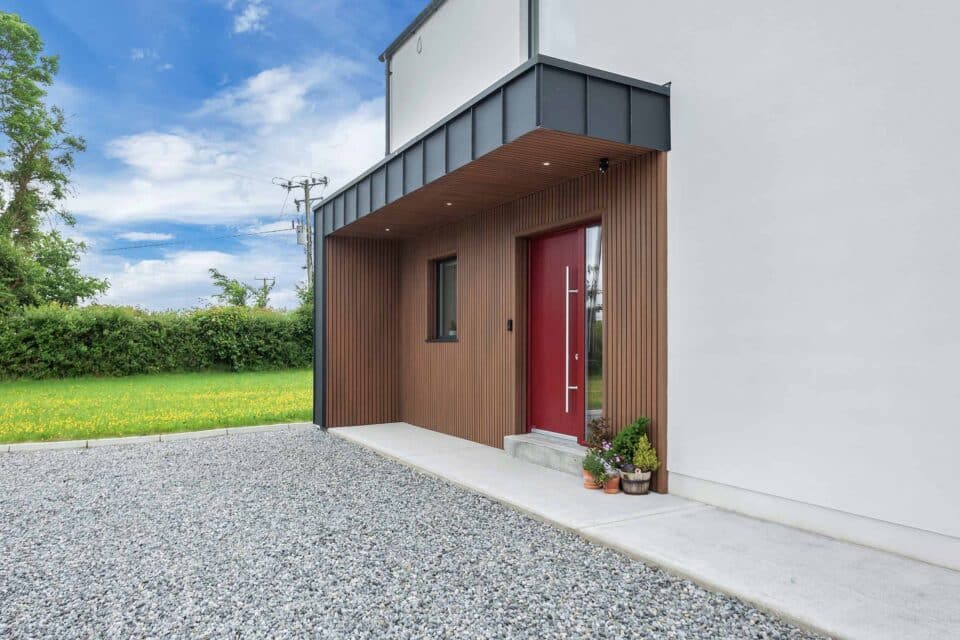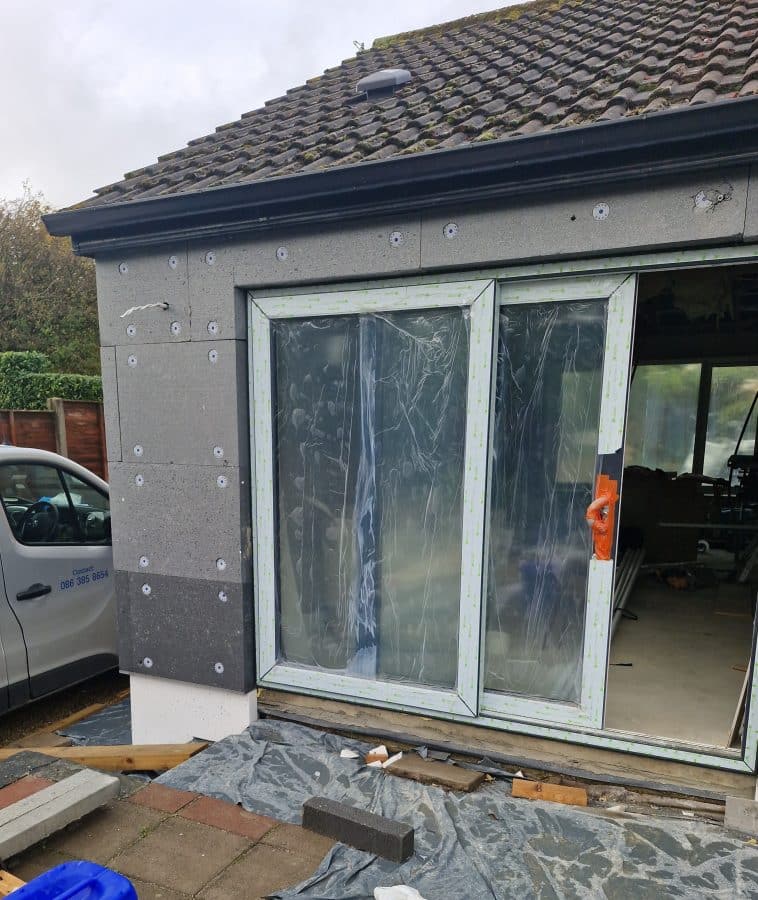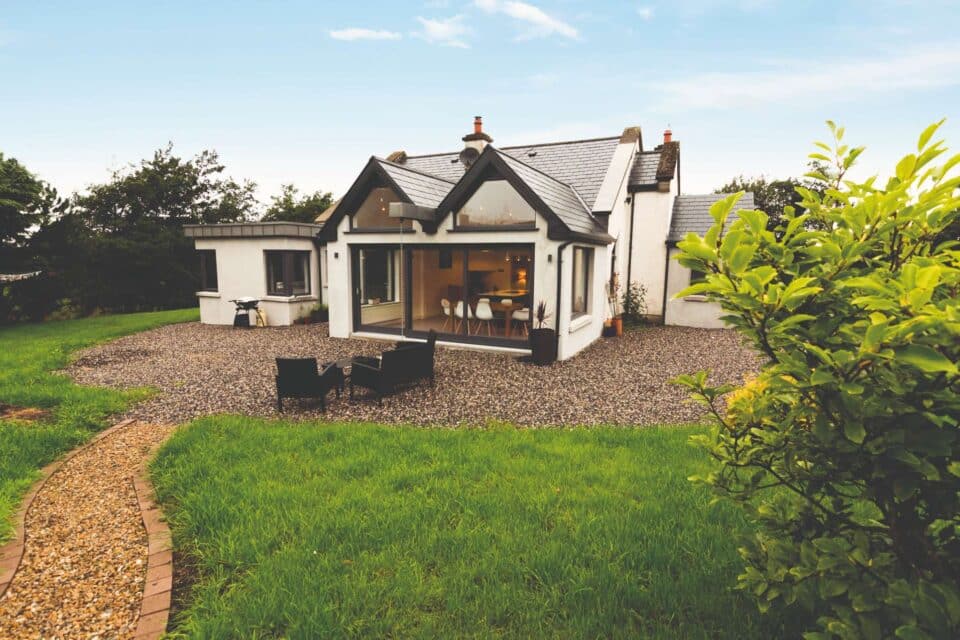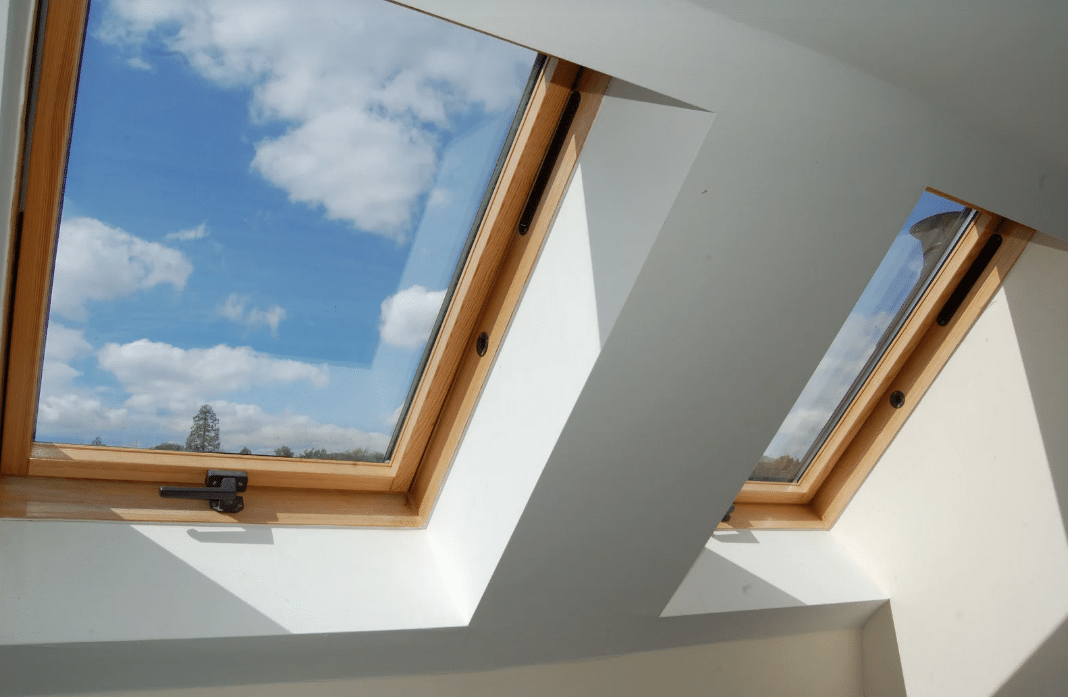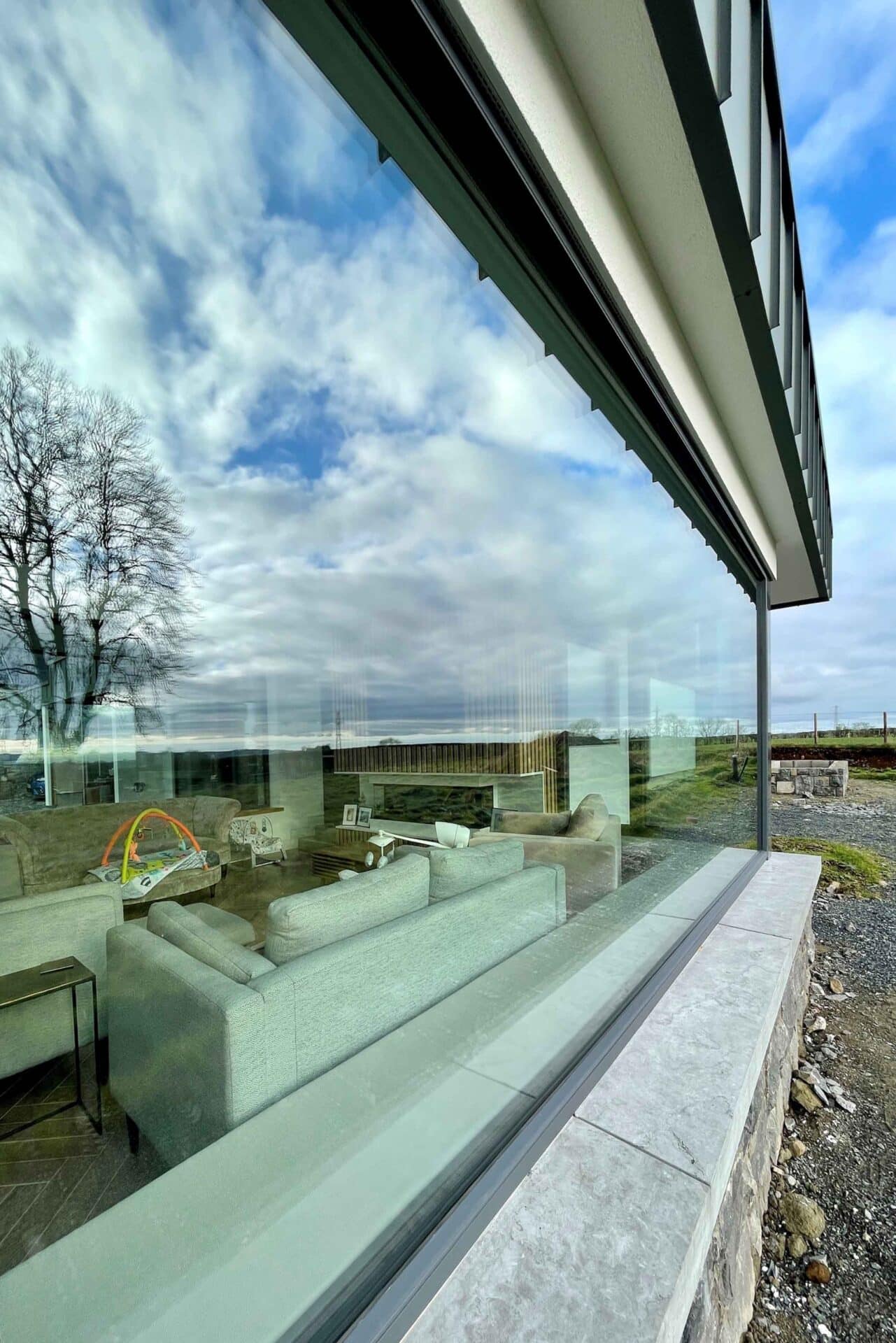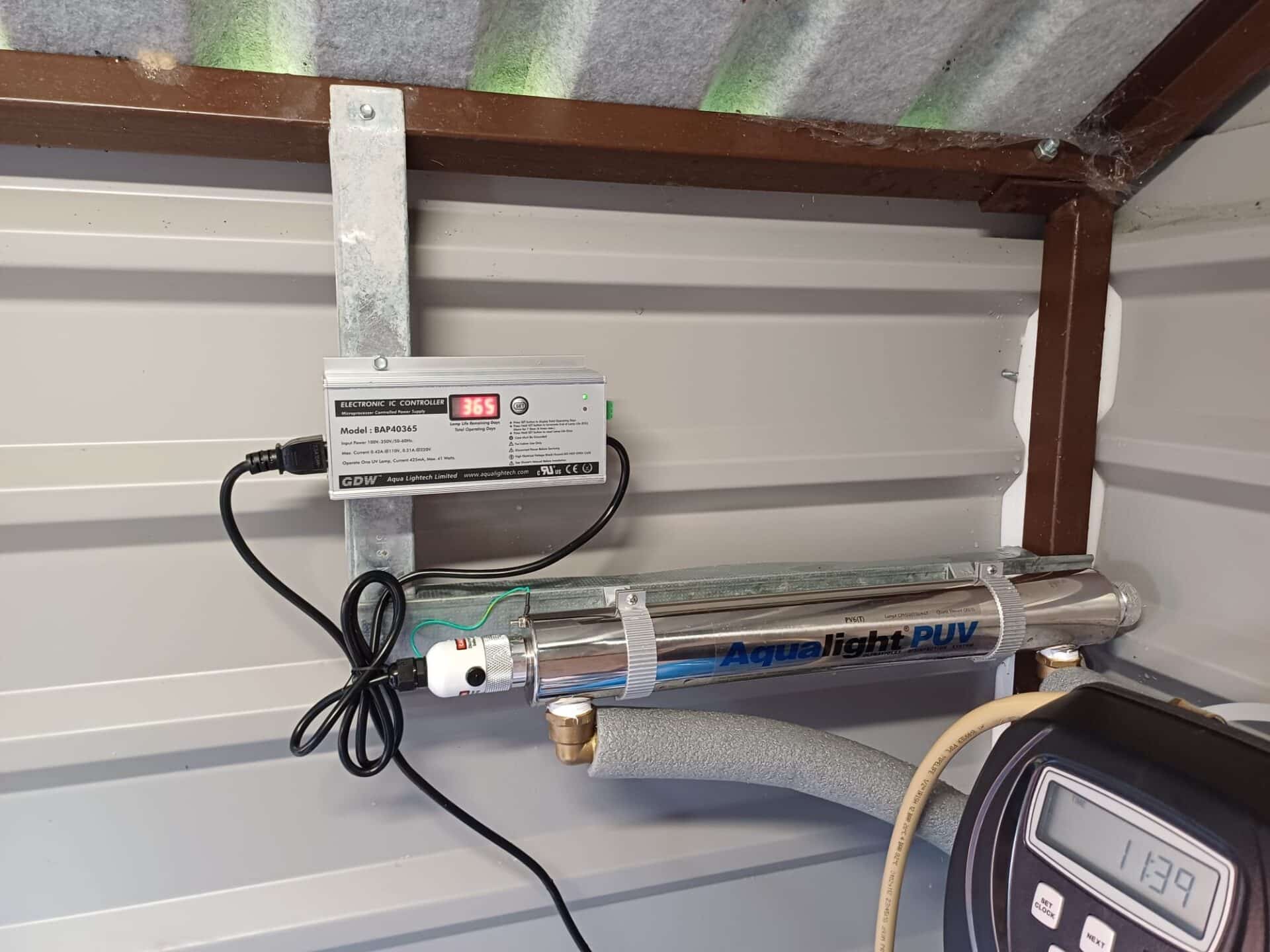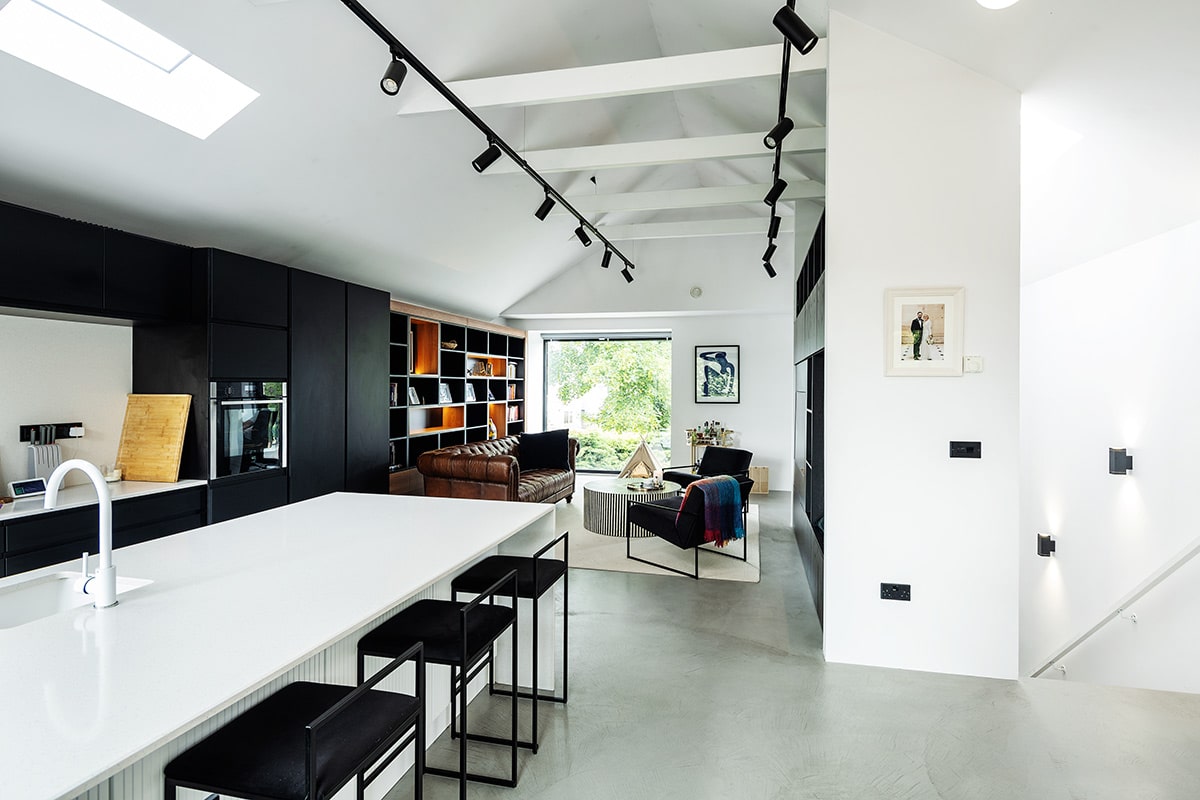In this article we cover:
- Performance indicators
- Size and orientation
- Eco credentials
- Materials
- Second hand options
Your architectural designer will consider your window configuration at the design stage, taking into account energy efficiency but also natural light which is a proven mood enhancer. Consider what the windows will look out onto, as green also has a beneficial health effect as per biophilic design principles.
Top 3 eco factors: windows
1/ Performance indicators
When window shopping, compare like with like. A common indicator is the U-value; the figure to look at here is the U-value for the entire window, not just for the glass which is much better performing than
the glass plus frame. The lower the U-value the better, meaning the less heat escapes, removing condensation and draughts, and the less noise gets through. The G-value shows the amount of solar gain and is usually given as a percentage. Window energy labels and passive house certified windows will provide comparable statistics for heat loss and heat gain. The L-value will determine how airtight the window is; the lower the metric the better.
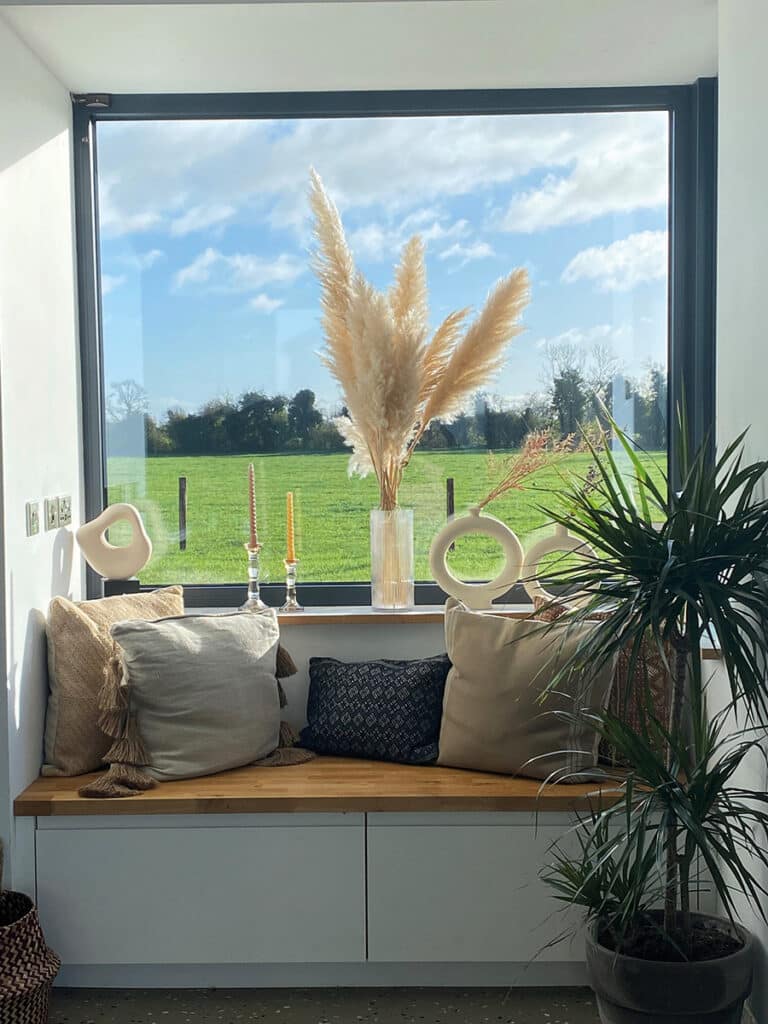
2/ Orientation, how big they are and how many you put in
Many self-builders in Ireland are keen to add as much light as possible into their home. Which usually means adding a lot of glass to the south facing elevation. But large expanses of glass means more expense, and also more solar gain which can lead to overheating. Remember that a wall is always way more efficient at keeping the heat in than windows and doors. The best performing windows on the market offer an overall U-value of 0.7W/sqmk whereas a wall will achieve around 0.2W/sqmK.
3/ Eco credentials
Making glass is energy intensive, but it is a recyclable material. A low emissivity coating made of metal oxide is routinely applied to the glass to reflect heat back into the home but still let in the light
from outside. The gas between the panes of double and triple glazed windows is usually argon, an inert gas.
Most common window frames on the market are uPVC windows, then comes aluclad which is
usually timber that’s externally clad in aluminium but the base material can equally be uPVC.
Timber windows are the least common in Ireland due to the maintenance requirements; for all timber products check for FSC or PEFC certification.
Evaluating the environmental credentials of plastic is contentious as manufacturers claim the production process of vinyl windows is relatively low impact because it consumes less energy and releases fewer greenhouse gases compared to other window frame materials. If this is your choice make sure to opt for good quality uPVC windows to ensure longevity and recyclability. While the extraction and processing of aluminium are energy intensive, the material is easily recyclable.
To reduce cost, and to increase your environmental credentials, you could opt for second hand windows. You may be able to source these from a manufacturer at a discounted rate if they have a set made that they won’t be using. However, you’d need to design your house around them and not the other way around which is more common. This can be a good option for smaller scale projects.
Eco friendly windows and doors
How sustainable are external doors?
Wood and uPVC doors fell out of favour as more energy efficient composite doors entered the market.
Composite doors are engineered using a range of materials such as uPVC, wood, insulating foam, GRP (glass reinforced plastic), and polyurethane (PU) foam. Some manufacturers use 100 per cent recycled plastic content to up their eco credentials.
Composite door manufacturers will highlight the sustainability credentials of their products, but they’re usually referring to the fact that a solid insulated door is a great insulator. Airtight and with good U-values, they will let a lot less heat and air through than a wooden door, for example. Solid doors, as opposed to ones with panes of glass in them, are the best performing.
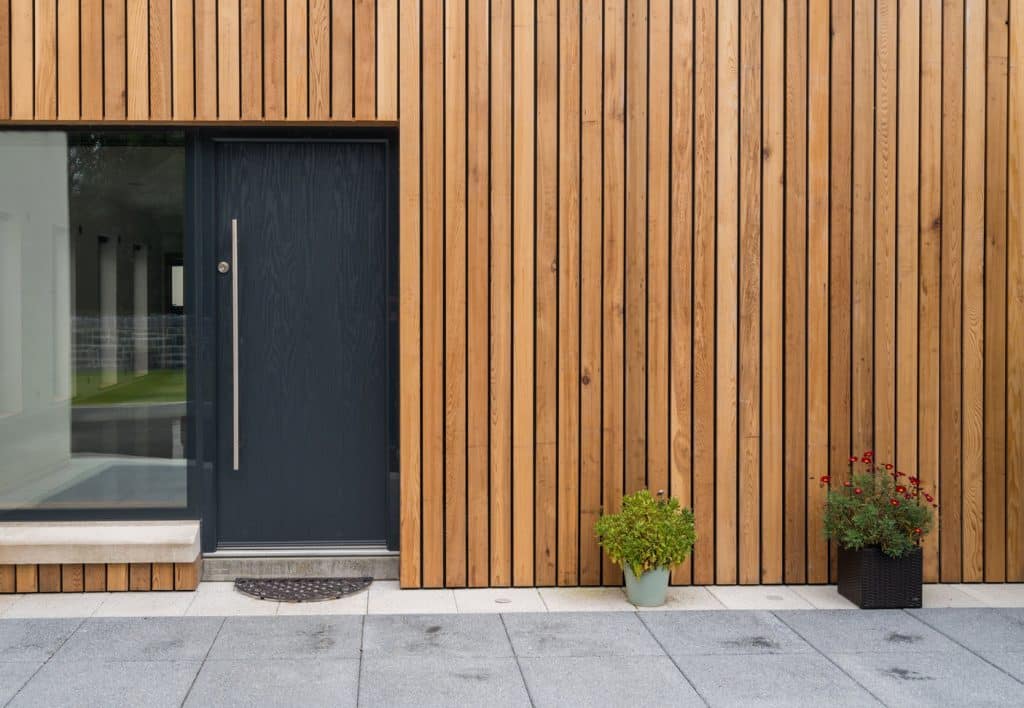
However, the eco credentials of foam insulation products and plastic in general aren’t necessarily that high which is where Environmental Product Declarations (EPD) are useful, but they aren’t available on all products.
Insulated aluminium doors are a popular alternative but again, its sustainability credentials will depend on its component parts. Another key factor when dealing with sustainability is how long a product will last in its useful state. A robust composite door should last as long as the building. Quality therefore makes a difference.

